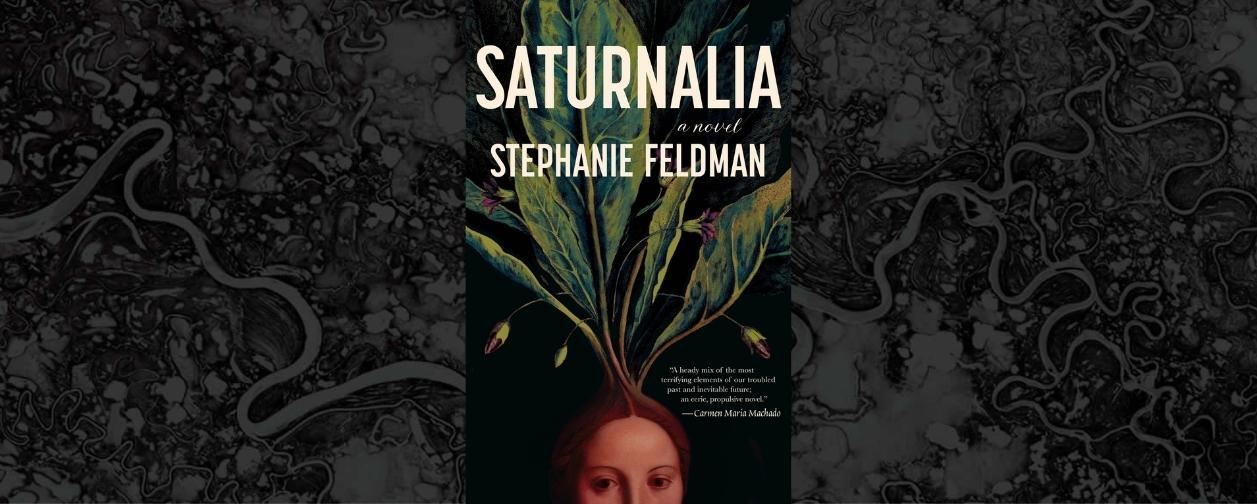Writers spend a lot of time thinking critically about beginnings and ends. These are crucial moments in creating a satisfying story, but they’re also the easiest turning points to consider. What’s the first moment of trouble, the first moment of choice? What’s the final confrontation, the culmination of the character’s desires and needs? Execution, of course, is rarely easy—I’m not a troll!—but there’s a clarity to how beginnings and endings function that make them attractive conversation topics.
Middles, on the other hand, attract mess—a muck of scenes, dialogues, and transitions. It’s hard to get traction, to get a good look; it’s hard, too, to find instruction on what a narrative midpoint is, and how to craft one.
My own fiction slides between literary speculative, horror, and fantasy. My new novel, Saturnalia, has been called a thriller, another nametag I’ll happily slap onto my writerly uniform.
Ultimately, though, I think every story is a mystery—or, at least, every character arc is.
Which brings us to the middle.
As I wrote in the first entry [link] in this series, my protagonist Nina’s has a conscious problem and path forward: rent is due, and she can earn it by retrieving a hidden box during the elite Saturn Club’s masquerade. But there’s something unconscious driving her, too, something just as important: her need to face past trauma and overcome her imposter syndrome. This is the foundation of her character arc, which gives meaning to her fight.
The midpoint is a hinge, the tip of the dramatic triangle that plunges character and reader toward the climax. Joseph Campbell’s Hero’s Journey calls it “Revelation.” In a mystery, that revelation may be a new dimension to the problem, or that the true challenge isn’t what it seemed at the beginning. For a character and reader, that revelation is the character’s interior conflict: what this story is really about, and why it matters.
As I plotted Nina’s journey across the landscape of Philadelphia, and the plot landscape of Saturnalia, I searched for the event that would force her to confront her emotional and psychological needs, and make those needs entirely clear to the reader.
This scene, smack in the middle, is a turning point for Nina, who achieves a new and urgent clarity, but it’s just as real of a turning point for the reader. The emotional, human stakes are revealed: we know why it’s so important to fight forward to the end. The character—and reader—can’t turn back now.
